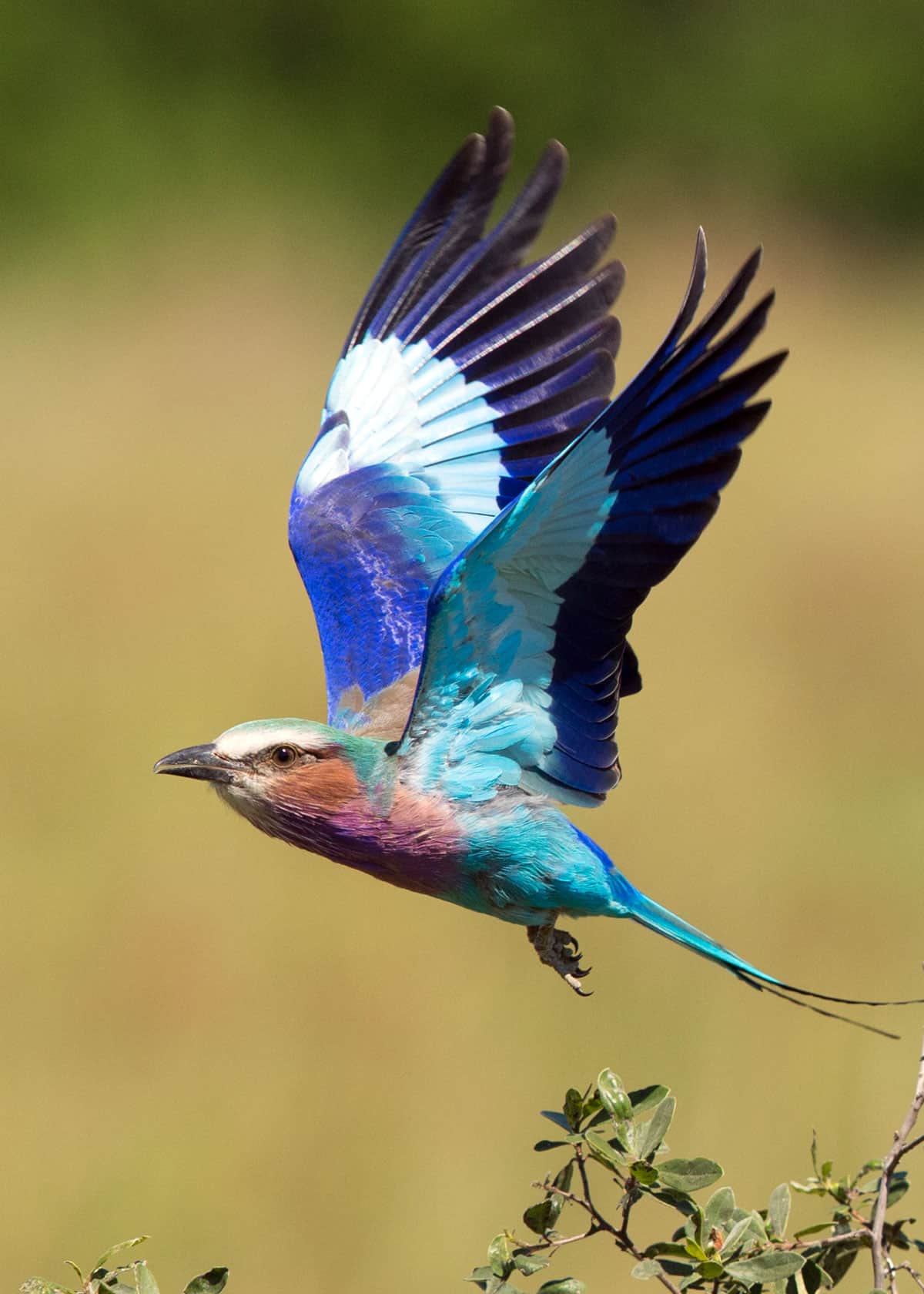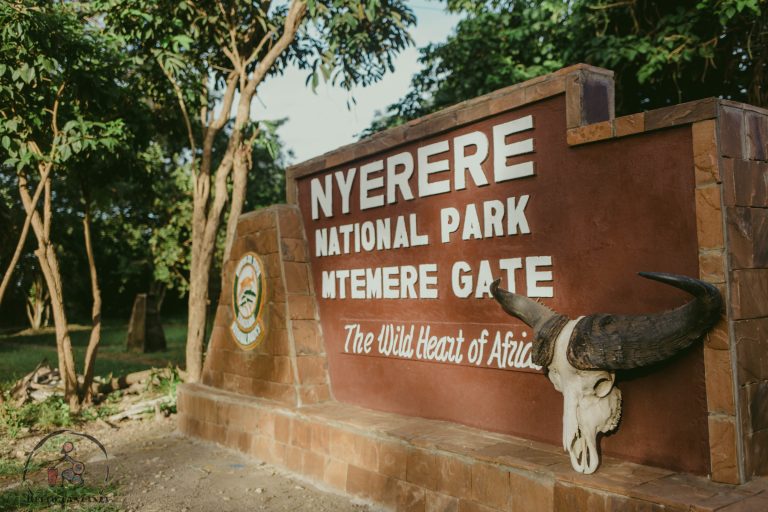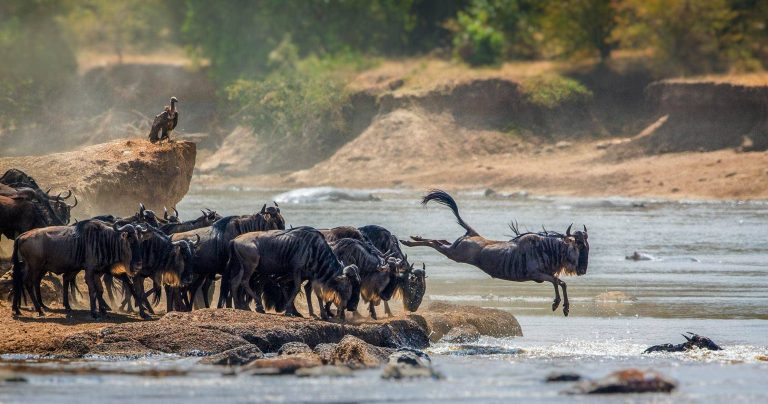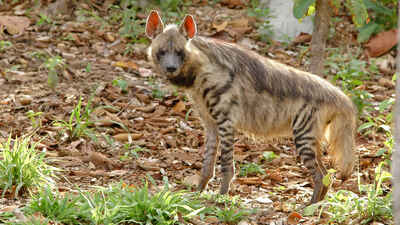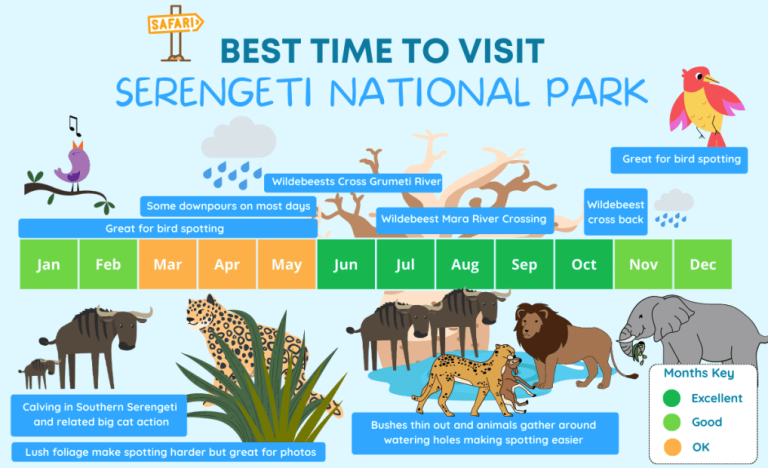Introduction: A Jewel of the Serengeti Skies
The Serengeti is home to some of Africa’s most iconic wildlife, but among the predators and herbivores, a small yet dazzling bird captures the attention of birdwatchers and photographers alike—the lilac-breasted roller (Coracias caudatus). With its stunning mix of lilac, turquoise, green, and blue plumage, this bird is one of the most sought-after subjects for wildlife photography in Tanzania.
Photographing the lilac-breasted roller requires patience, skill, and knowledge of the bird’s behavior. In this article, we’ll explore essential photography tips, best locations, and techniques to ensure you capture breathtaking images of this avian beauty.
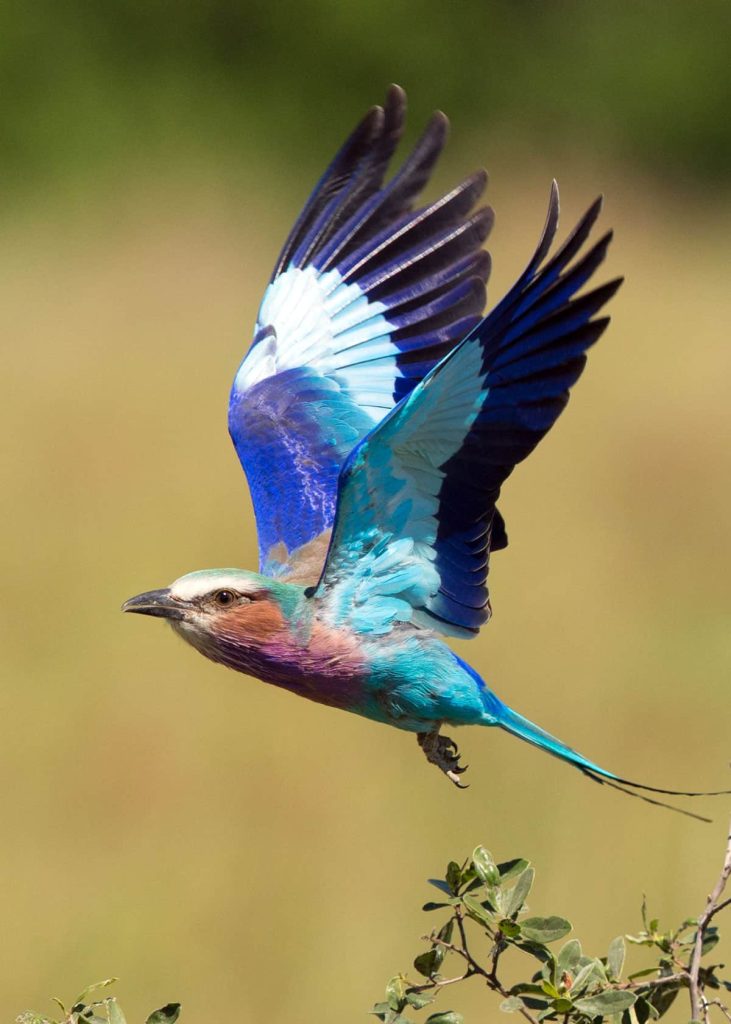
Why the Lilac-Breasted Roller is a Dream Subject for Photographers
The lilac-breasted roller stands out in the Serengeti landscape for several reasons:
- Brilliant Colors: Its multicolored plumage makes it one of Africa’s most photogenic birds.
- Perch-Hunting Behavior: Often seen sitting on exposed branches, making it easy to spot and frame.
- Dramatic Flight Displays: Known for its acrobatic flights and courtship dives, offering dynamic photo opportunities.
- Wide Distribution: Found across open savannahs, acacia woodlands, and riverbanks in Tanzania.
To make the most of your Serengeti birdwatching safari, it’s essential to plan your approach carefully.
Best Locations to Photograph Lilac-Breasted Rollers in Tanzania
While the lilac-breasted roller is widely distributed, some Serengeti locations offer prime opportunities for spotting and photographing these birds:
- Seronera Valley: A central Serengeti hotspot with scattered acacia trees—ideal perching spots for rollers.
- Grumeti River Area: The mix of open savannah and riparian forest provides excellent backdrops.
- Ngorongoro Conservation Area: Though not part of the Serengeti, the crater rim and surrounding woodlands host large populations of rollers.
- Tarangire National Park: Known for its abundance of baobabs and birdlife, Tarangire offers another excellent setting for roller photography.
Essential Photography Tips for Capturing Lilac-Breasted Rollers
1. Camera and Lens Selection
- Telephoto Lens: A 300mm to 600mm lens is ideal for capturing close-up details without disturbing the bird.
- Fast Autofocus: Since rollers are quick flyers, a camera with a fast autofocus system is crucial.
- High Frame Rate: Choose a camera capable of 10+ frames per second (fps) to capture flight sequences effectively.
2. Ideal Camera Settings
- Shutter Speed: Set to 1/2000 sec or faster to freeze motion, especially for birds in flight.
- Aperture: Use f/5.6 to f/8 for sharp focus on the bird while keeping the background slightly blurred.
- ISO: Start at ISO 400-800, adjusting based on lighting conditions.
- Focus Mode: Use Continuous Autofocus (AI Servo for Canon, AF-C for Nikon/Sony) to track movement.
3. The Best Time of Day for Photography
- Golden Hour (Early Morning & Late Afternoon): Provides soft, warm lighting that enhances the bird’s colors and reduces harsh shadows.
- Mid-Morning (After Sunrise): Ideal for capturing feeding behavior when rollers actively hunt insects.
4. Composition Techniques for Stunning Photos
- Rule of Thirds: Position the roller off-center to create a more dynamic composition.
- Leading Lines: Use tree branches or the bird’s flight path to guide the viewer’s eye.
- Background Considerations: A clear blue sky or softly blurred golden grasslands make excellent backdrops.
How to Capture the Roller’s Most Iconic Behaviors
1. Perched and Posing
- Look for rollers perched on acacia branches or termite mounds.
- Use a moderate aperture (f/5.6) to keep both the bird and perch in focus while softening the background.
2. Hunting and Feeding
- Rollers often hunt by swooping down on insects and small lizards.
- Position yourself near termite mounds or open clearings where they frequently forage.
3. Courtship and Display Flights
- During the breeding season (March–July), rollers perform spectacular aerial acrobatics.
- Use burst mode to capture their twisting, rolling flight maneuvers.
4. Takeoff and Landing Shots
- Anticipate movement by observing body language—rollers often bob their heads before taking flight.
- Set your camera to a high frame rate and pre-focus on the bird’s expected flight path.
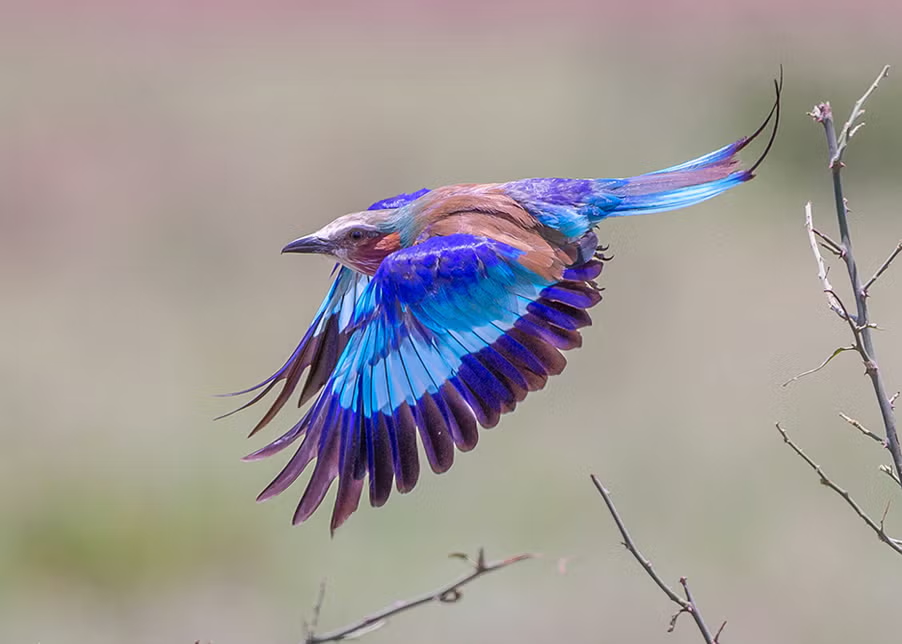
Challenges and How to Overcome Them
1. Fast and Unpredictable Movements
- Use Continuous Autofocus and High-Speed Burst Mode to track fast flights.
- Anticipate takeoffs by watching for signs like tail flicking and body tensing.
2. Harsh Lighting Conditions
- Shoot during early morning or late afternoon for softer light.
- Use exposure compensation (+0.3 to +1.0 EV) to prevent underexposing the bird against a bright sky.
3. Getting Close Without Disturbing the Bird
- Stay inside safari vehicles, as birds are less likely to flee from non-threatening objects.
- Use a silent shutter mode to minimize noise disturbances.
Conclusion: Immortalizing the Serengeti’s Most Vibrant Bird
The lilac-breasted roller is a photographer’s dream, combining vibrant colors with dynamic movement. By understanding its behaviors, choosing the right locations, and applying professional photography techniques, you can capture stunning images that showcase the bird’s beauty in the heart of Tanzania’s wilderness.
Next time you’re in the Serengeti, keep your camera ready—this dazzling bird is always waiting to steal the show!

